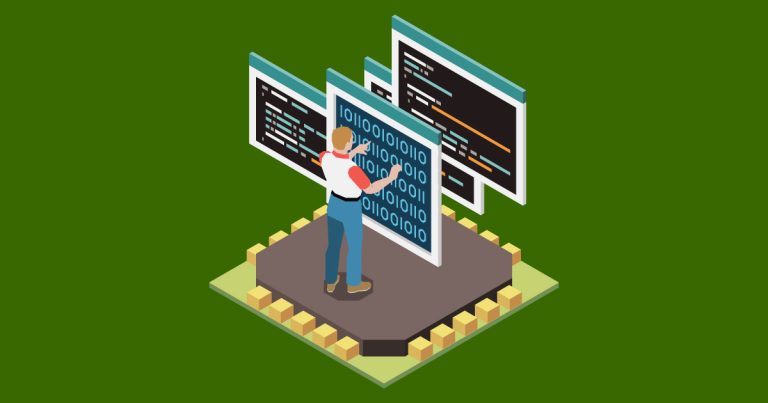
Industrial IoT (IIoT) Use Cases and Challenges
The Industrial Internet of Things (IIoT), an important component of the Fourth Industrial Revolution (Industry 4.0), brings connectivity and intelligence to the manufacturing and industrial world. IIoT systems consist of interconnected devices, sensors, software, and other technologies that collect, transmit, and analyze data from industrial processes, enabling real-time decision-making and optimization. Despite the immense potential benefits of IIoT, there are numerous challenges that industries must overcome in its implementation.
Use Cases
- Predictive Maintenance: By using IIoT sensors and data analytics, manufacturers can predict when a machine will fail or require maintenance. This enables them to schedule timely maintenance and reduce downtime, leading to increased operational efficiency and reduced costs.
- Smart Manufacturing: IIoT helps create a connected and intelligent manufacturing process, where machines and devices can communicate and cooperate with each other in real-time. This allows for greater flexibility and adaptability, as well as improved production quality.
- Energy Management: IIoT can provide real-time data on energy usage across an industrial facility, helping organizations optimize their energy consumption. This can reduce energy costs, lower carbon emissions, and help meet sustainability targets.
- Supply Chain and Inventory Management: IIoT can improve supply chain visibility by providing real-time data on inventory levels, production status, and transportation logistics. This can help organizations optimize their supply chain operations, reduce inventory costs, and improve customer service.
- Health and Safety Monitoring: IIoT technologies can be used to monitor the health and safety of workers, particularly in hazardous environments. This can include wearable devices that detect harmful substances, monitor vital signs, or provide alerts in case of emergencies.
Challenges
- Security and Privacy: The interconnected nature of IIoT systems creates new vulnerabilities for cyberattacks. Protecting data and ensuring the privacy of sensitive information becomes crucial in IIoT implementation.
- Data Management: IIoT systems generate enormous amounts of data. Efficiently managing, analyzing, and utilizing this data in real-time is a significant challenge that requires sophisticated data analytics and processing infrastructure.
- Integration: Integrating different IIoT devices and technologies with existing legacy systems can be complex and costly. Organizations need to consider interoperability and compatibility issues when implementing IIoT solutions.
- Connectivity: Reliable and high-speed connectivity is essential for IIoT systems to function effectively. Issues such as network latency, bandwidth limitations, and coverage gaps can hinder the performance of IIoT systems.
- Standardization: The lack of standardization in IIoT protocols and technologies can create challenges in terms of interoperability and scalability. The development of industry standards and best practices is essential for the successful implementation of IIoT.
- Skills Gap: The implementation of IIoT requires skilled professionals who are proficient in IoT technologies, data analytics, cybersecurity, and other relevant fields. The shortage of skilled professionals in these areas can hinder IIoT adoption.
The IIoT is transforming the industrial landscape by providing increased efficiency, cost savings, and enhanced decision-making capabilities. However, organizations must carefully consider the challenges associated with IIoT implementation and develop strategies to overcome them. By addressing security and privacy concerns, effectively managing data, ensuring seamless integration, establishing robust connectivity, advocating for standardization, and addressing the skills gap, industries can harness the full potential of IIoT and pave the way for a smarter and more connected industrial future.